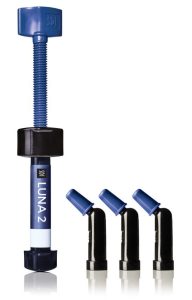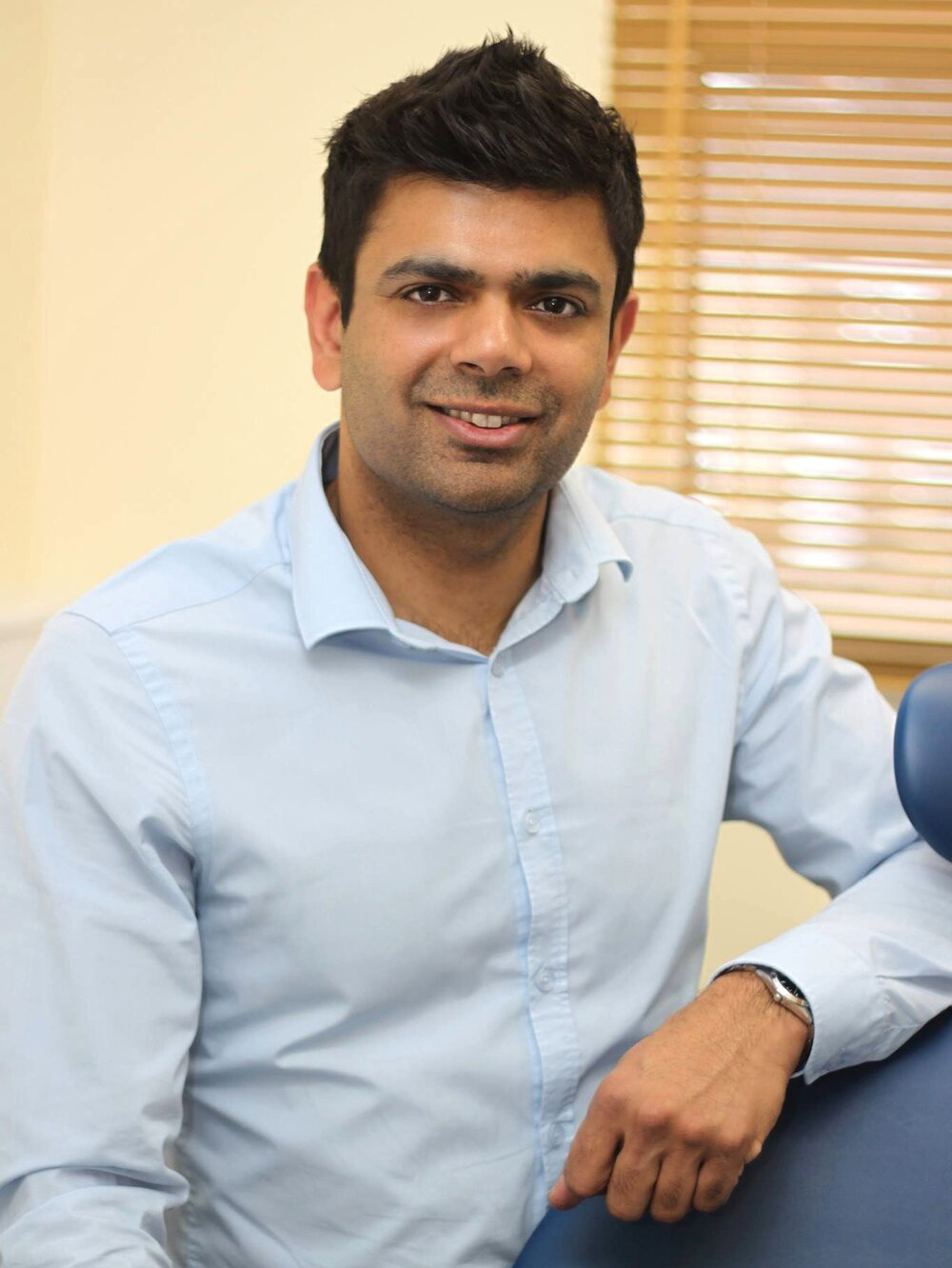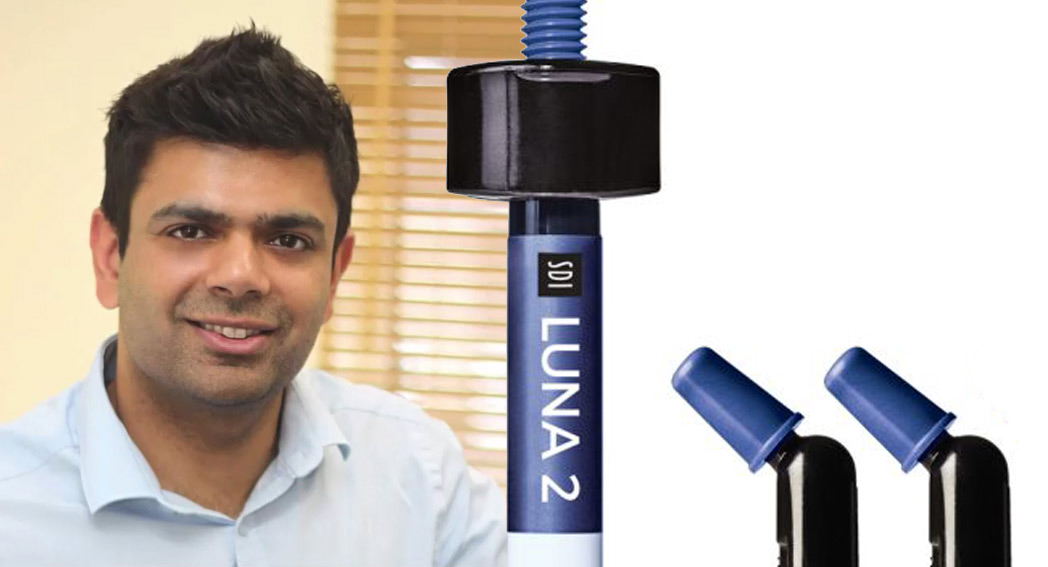Dr Jatinder Heer explains how new SDI Luna 2 complements an effective workflow with exceptional shade matching and clinical reliability
The majority of my work is restorative work at my general practice, and I use composites a lot. My work covers routine, everyday dentistry and over the years I’ve been drawn to SDI products. They are simple to use, and they’re reliable. In my situation, it’s important not to worry about whether something is going to work, and new SDI Luna 2 is a great product that’s suitable for the majority of anterior and posterior restorations. It’s an all in one composite and it really does work.
Easy to place

I’ve found that some composite systems for posterior restorations can be crumbly, and this can make you worry about the adaption and whether the placement technique is flawed in any way. The viscosity of Luna 2 makes it easy to place and you can be confident about your adaption. There are other composite systems that use different techniques and specific handpieces, but I find in my hands that a simple technique is better. The superior handling of Luna 2 and the way it complements my workflow means that for a general appointment I can set aside an hour and know that it’s a straightforward process.
Strength and durability
Reliability is the main factor in any composite system I choose. The long-term physical characteristics of a composite is essential for me, and that comes down to whether it has strength and durability. Luna 2 does have the strength and durability you need at the back along with the required aesthetics for the front. It’s unusual to find a successful composite for anterior and posterior, but Luna 2 has the load-bearing capabilities for restorations in the back of the mouth. This adds to the simplicity, and most dentists prefer to use a system that’s as simple as possible. With Luna 2 I don’t have to think about which system to use for a particular case – I already know.
Shade matching
The new shade matching system is quite innovative, including Bleach and Extra Bleach shades to cater for patients who have had teeth whitening. In this case, they sometimes have a restoration that no longer matches and it’s aesthetically displeasing, and when they present it to me I’ve got the facility to hit their expectations.
Luna 2 has gone back to the Vita Shade Guide that dentists know which keeps things fast and simple. This full selection of shades gives you the ability to layer and mix shades up too, giving so much versatility. You can customise if one of the existing shades doesn’t quite match, and on the other hand, there’s a translucent shade that is ideal for incisor teeth with their little windows of natural opalescence. These options enable you to do very advanced aesthetics.
An effective workflow
When a patient comes in I assess each case individually and make decisions based on their history. It’s not uncommon for me to suggest a layered, extremely aesthetic posterior composite, keeping things minimally invasive and removing as little of the healthy tooth as possible, which has documented long-term benefits. I’m doing more with just Luna 2, yet I can layer it if necessary and keep a reliable workflow. You might use SDI Aura Bulkfill for a posterior restoration, then layer with Luna 2 to make sure it matches completely. I have had great success using SDI’s full product range because in combination I have a workflow that matches, I’m following it correctly and using the right manufacturer’s materials for each case.
I’ve found great success replacing dentine with SDI Riva Self Cure or Riva Light Cure then adding a layer of Luna 2, and I’ve seen research on how using Riva Self Cure especially has significant strength benefits. So, this workflow makes an extremely reliable restoration, effectively replacing the dentine with a glass ionomer and the enamel with a composite, especially in the back of the mouth.
Superior polishing
The way SDI have balanced the materials and how the fillers work microscopically makes it quick and easy to polish, in my experience incisors and the anterior segment are especially easy to polish.
I use a cup system to polish with a generic polishing kit, and then I finish off with a brush and diamond paste. It takes a just a couple of minutes to do and it provides a good degree of polish. But of course, whether you choose one-stage polishing or another technique is down to the practitioner, Luna 2 is versatile like that.
Making life easier
Restorations are never a one size fits all, and you might come across factors like issues with rubber dam isolation or compromised cases with children or people with a medical condition. Yet Luna 2 is the forerunner for me in the majority of cases because it makes my life easier. On a typical day, if a patient comes in with a broken back tooth, I have my Luna 2 kit on standby because it ticks the boxes for most cases. Ultimately patients don’t want to be in the chair for a long time, and the physical characteristics of Luna 2 and the way SDI have selected a well-known shade system makes this possible.

About the author
Dr Jatinder Heer BDS Lond, MFGDP(UK), has been working as a general practitioner for twenty-five years, with a career that’s also spanned hospital environments. After setting up the JH Dental Clinic in 2001 he’s been involved in both general dentistry and acts as a referral centre for more complex cases. Dr Heer is an advocate for advancements in dentistry that are backed up by robust clinical research.





